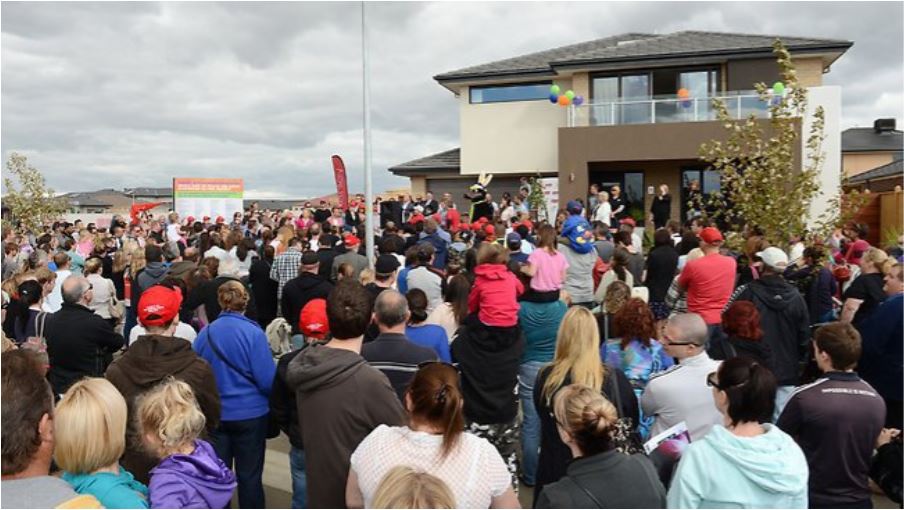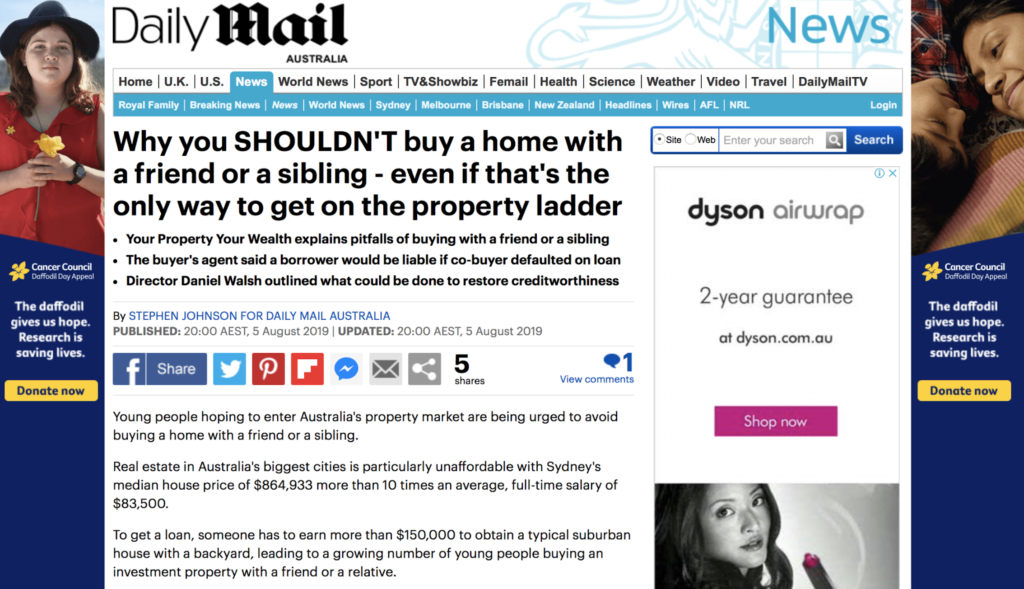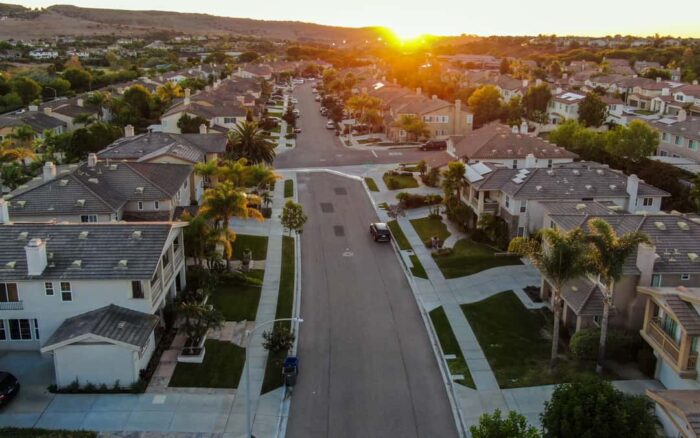Anyone who has been in the property investment game for a while knows of locations that used to be a bit on the nose so to speak.
What I mean is suburbs that were perhaps the poor second cousin to the flashy locations just down the road or even next door.
Some areas have even gone from places where most people feared to tread to desirability and poshness personified as gentrification worked its magic on the ground over time.
Just consider West End and New Farm in Brisbane a few decades ago, as well as Redfern and Dee Why in Sydney as examples.
What I’m talking about is the evolution of suburbs as more affluent people move there and start to change the way of things courtesy of renovations as well as upgraded local places where they can spend their hard-earned money.
Same, same, but different
The question is why did they decide to shift there in the first place?
Generally, it’s because of affordability considerations, but not necessarily because of low buy-in prices.
Rather, these areas are often classic sister suburbs that border more expensive and prestigious locations.
They usually offer very similar attributes, or are within a short commute of them, but their property price points remain significantly below the suburb next door.
As property in the neighbouring suburbs becomes more and more expensive, but still remains an aspirational location for many people, then buyers start to consider how they can live nearby.
This leads them to look at the adjacent suburbs which may offer more opportunity for them to purchase a property within their budget.
Then, the influx of these types of buyers in turn increases the pressure on property prices over time.
However, there is more room for values and demand to grow than perhaps the blue-chip enclave a few kilometres away, because more buyers can afford to purchase in the sister suburb.
Gentrification under way
When an area experiences an influx of new residents who have higher incomes, then the suburb itself will generally start to gentrify to meet the wants and needs of the demographics of the people who live there.
Soon, those old charity shops are making way for funky cafes, and the traditional fish and chip undergoes a revamp so it’s now considered a hip seafood restaurant by residents.
The most desirable suburbs in cities generally have a number of similar attributes, such as unique views and a constrained supply of land for future development.
This land scarcity become more extreme over time, which pushes prices to a level that is not achievable for the majority of buyers.
As I’ve outlined, would-be purchasers then alter their mindsets to one of “close enough is good enough”, so they have a chance of at least residing in the vicinity.
Then the cycle starts all over again, with demand for property in that (soon-to-be former) sister suburb rising to such an extent that prices start escalating as land becomes scarcer.
Once that happens, well, it’s the turn of the sister suburb next to the place that used to be a sister suburb – but is now considered a prestigious location in its very own right.
























